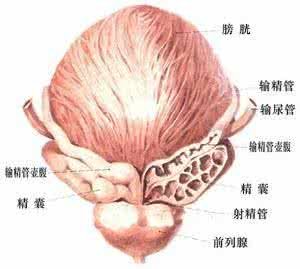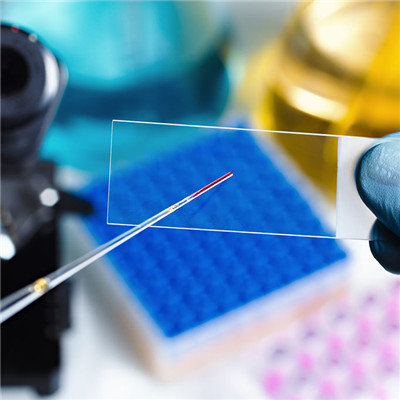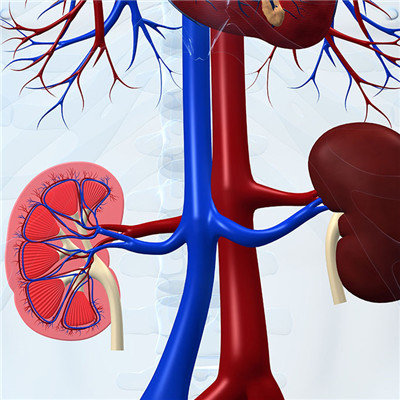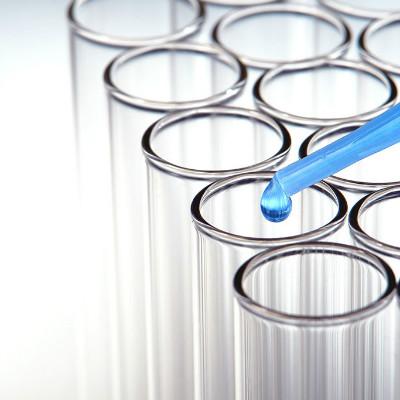What are the causes of gas dispersion disorders?
summary
Diffusion function is an index of ventilation function. It was used to evaluate the gas exchange efficiency of alveolar capillary membrane. The process of gas exchange between alveoli and blood flow through alveoli capillary membrane is a physical diffusion process. Let's share my experience with you.
What are the causes of gas dispersion disorders?
1. Diffuse area reduction: such as emphysema, lobectomy, pulmonary infection, pulmonary edema, pulmonary hemorrhage, pneumothorax, scoliosis, etc. 2. Alveolar capillary membrane thickening: such as pulmonary interstitial fibrosis, sarcoidosis, asbestosis, scleroderma, etc.

3. Hemoglobin oxygen carrying capacity decline: such as anemia, carboxyhemoglobin disease. 4. The contact time between blood and alveoli is too short: at normal rest, the time of blood flowing through alveoli capillary is about 0.75sec. Because the alveolar membrane is very thin and the contact surface with blood is wide, it only needs 0.25sec hemoglobin to complete oxygenation.

When the time of blood flowing through alveolar capillaries is too short, the gas diffusion capacity will decrease. Although the oxygen partial pressure in the blood of pulmonary capillaries rises slowly in the patients with decreased area and increased thickness of alveolar membrane mentioned above, the gas exchange in the lung can still reach equilibrium at rest, so hypoxemia will not occur. It is often only when the physical load increases that obvious diffusion disorder occurs due to faster blood flow and shorter contact time between blood and alveoli, It can cause hypoxemia.

matters needing attention
Most of the antibiotics are ineffective. At present, there is no specific treatment, which is often manifested as progressive development and eventually respiratory failure and heart failure. Traditional Chinese medicine has a certain curative effect on this disease. Through the summary and analysis of the diagnosis and treatment of the patients, we think that the main pathogenesis of the disease is deficiency of both lung and kidney, blood stasis, phlegm, heat and other diseases and evils. The treatment of tonifying lung and kidney, activating blood circulation and dredging collaterals, softening hard and dispersing knot, resolving phlegm and clearing heat can slow down the disease process and relieve clinical symptoms, such as relieving shortness of breath, improving lung function and increasing blood oxygen partial pressure, So that patients can carry out certain physical activities, reduce the mental pressure of patients, so as to improve the quality of life. Enhance the immunity of patients, reduce the number of colds, can prevent the deterioration of the disease caused by infection.















